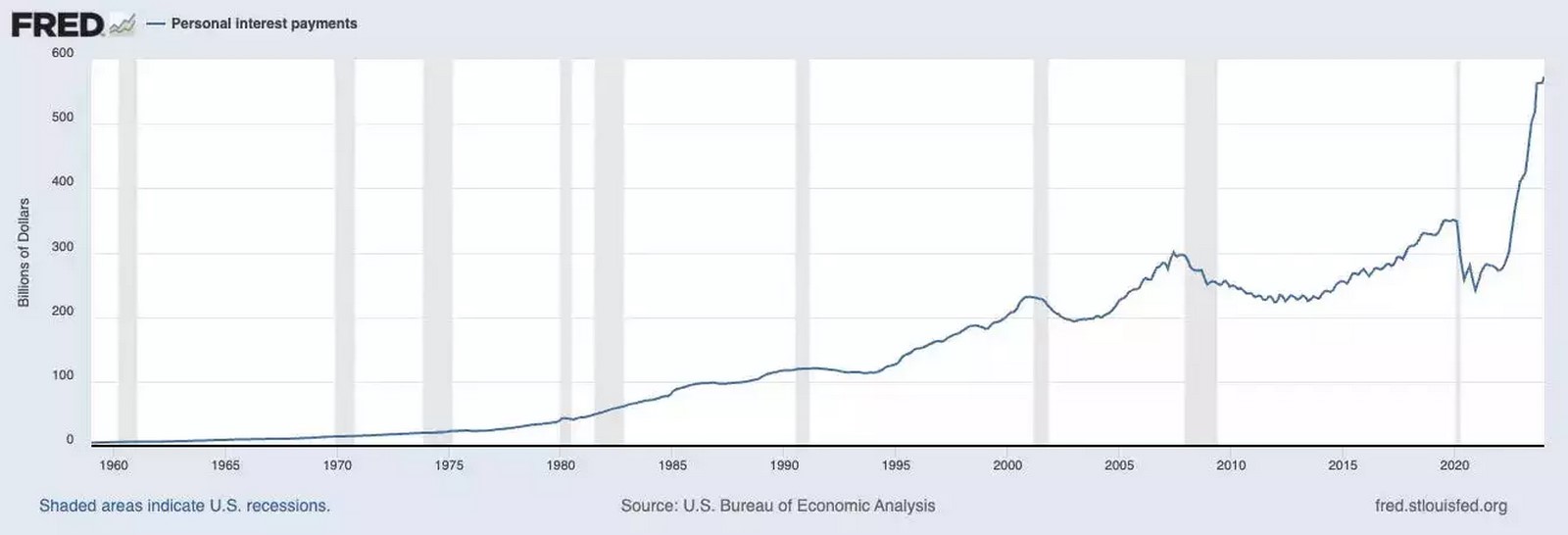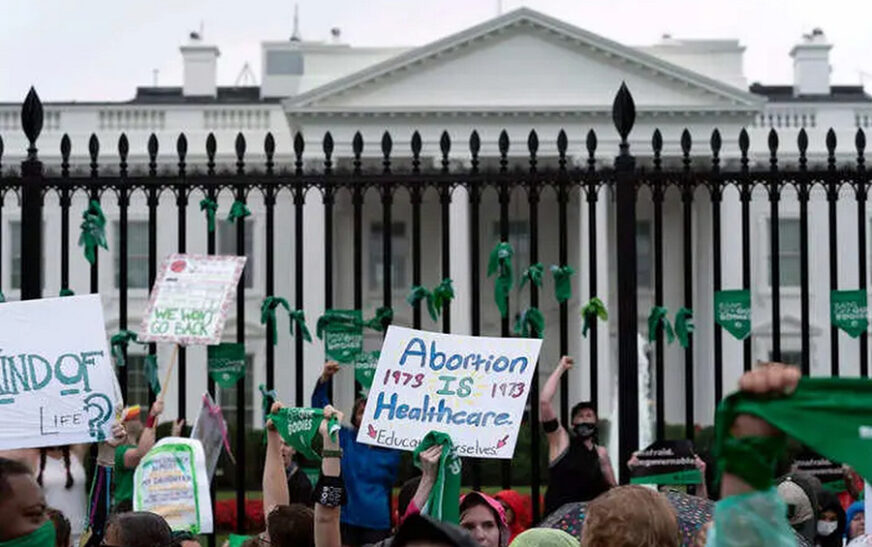Recent data indicates that Americans are allocating nearly as much money towards interest payments on credit cards and other forms of consumer debt as they are on mortgage interest.
Parity in Interest Payments
The US Bureau of Economic Analysis reports that non-mortgage interest payments reached a record $573.4 billion annually in January, coming close to the $578.3 billion spent on mortgage interest in the fourth quarter of the previous year. This near-equivalence in spending on mortgage and non-mortgage debt interest is a notable shift not observed in data dating back to the 1970s.
Factors Driving the Shift
This trend reflects the significant changes in borrowing patterns among Americans in recent years. Following the 2008 financial crisis, borrowers capitalized on favorable home loan terms, particularly during the COVID-19 pandemic, when interest rates plummeted to historic lows, allowing individuals to secure mortgages at rates as low as 3% for 30 years. However, the cost of other consumer credit, such as credit card debt, has risen notably since 2022, outpacing the growth of mortgage debt.

Growing Concerns
Fitch Ratings highlights that while the effective rate on US mortgage debt was 3.7% in the third quarter of the previous year, the interest rate on credit cards soared to 21.19% during the same period. This discrepancy raises concerns about the sustainability of debt repayment for many Americans, particularly as millions resumed payments on student loans in the fourth quarter of the previous year.
Dominance of Mortgage Debt
Despite the rising costs of other forms of debt, mortgage debt remains the largest financial obligation for most Americans. With an average debt load of $104,215 in the fourth quarter of 2023, fueled by $12.25 trillion in mortgage debt, it far surpasses other categories such as credit card debt, which amounted to $1.13 trillion by the end of the previous year.
In summary, the convergence of interest payments on mortgage and non-mortgage debt underscores the evolving dynamics of borrowing in the United States, raising concerns about the financial stability of households grappling with mounting debt burdens.










